Last updated: February 19, 2025
Article
Pathways Through Salsa
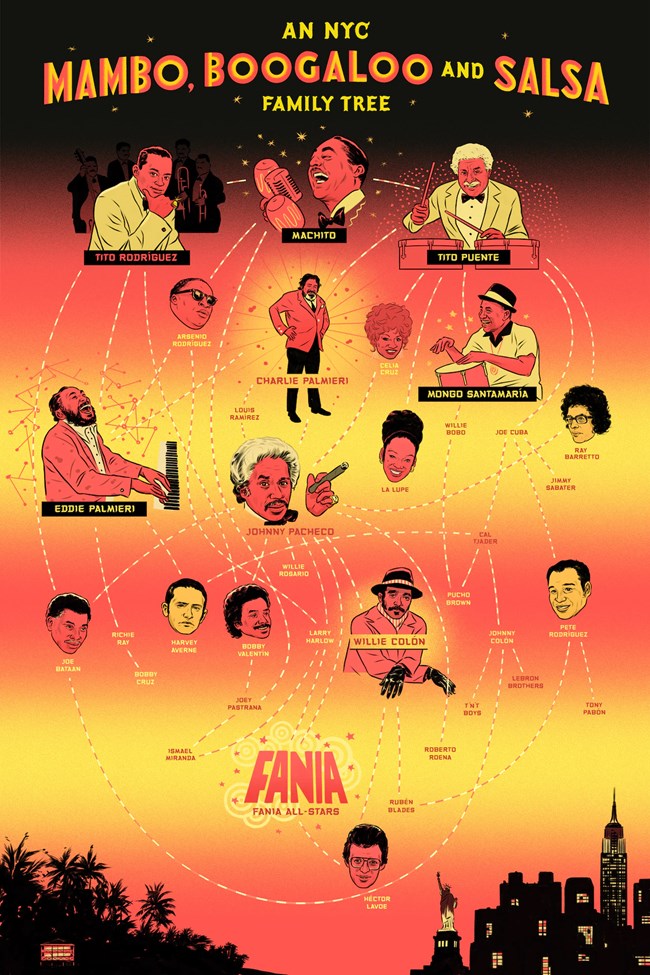
Courtesy of Mickey Duzyj.
What about salsa sparks your curiosity?
Whether you're well-versed in the salsa community or new to its world, Pathways Through Salsa invites you to embark on a journey of curiosity by exploring a range of topics that may be both familiar and unfamiliar to you. As you navigate each pathway, you'll encounter trail markers that pose thought-provoking questions, encouraging you to reflect on the connections between these stories and the valuable insights they offer.
The stories within Pathways Through Salsa serve as a source of inspiration, showcasing the remarkable qualities of resilience, persistence, and courage. By engaging with the experiences shared within these narratives, you'll gain a deeper appreciation for the richness and diversity of the salsa community. Whether it's tales of overcoming adversity, the pursuit of artistic expression, or the preservation of cultural heritage, these stories offer lessons that resonate on a personal and collective level.
As you traverse these pathways, may you be inspired to embrace the spirit of resilience in your own life, find renewed determination in the face of challenges, and celebrate the power of community. Pathways Through Salsa illuminates the profound impact that individuals and their stories can have, underscoring the importance of recognizing and honoring the diverse narratives that contribute to shared histories.
Marker 1 of 3: How do we approach salsa history?
Approaching salsa history requires a combination of research, listening to oral histories, engaging with community voices, and recognizing the dynamic evolution of salsa as a reflection of social, political, and cultural contexts. Exploring the roots of salsa is crucial, but equally significant is grasping why it holds profound meaning for a multitude of individuals, each with their own unique perspectives and connections.
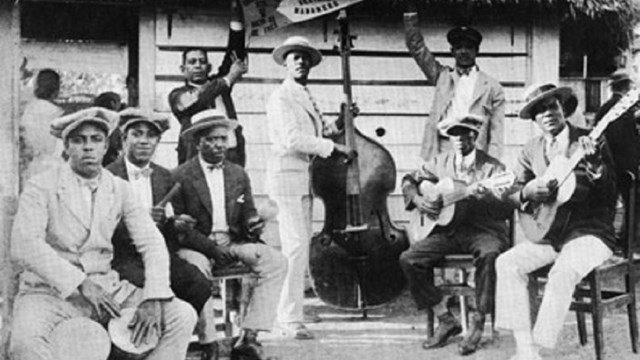
Read more on why recognizing and honoring the significant contributions and cultural heritage of Afro Latin communities is important.
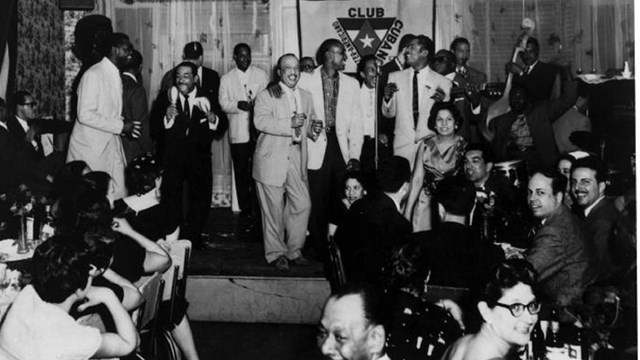
How do human interactions and musical categories shape salsa history?
Read Their Stories
-
 Celia Cruz: Queen of Salsa
Celia Cruz: Queen of SalsaCelia Cruz came to represent salsa music for audiences across the world and brought visibility to Black Caribbean expression and history.
-
 Ismael Rivera: El Sonero Mayor
Ismael Rivera: El Sonero MayorMeet Ismael Rivera: the first Black singer to appear singing on national television in Puerto Rico and whose music speaks against racism.
More to Explore
Below, you’ll find even more stories about how different cities in the US adopted salsa as their own. You will also read about prominent figures who influenced their city’s particular style.
Click below to reveal stories.
Chicago Salsa
As Puerto Ricans established immigrant communities, they also contributed to the development of salsa in Chicago.
Los Angeles Salsa
LA style salsa is responsible for much of the vocabulary and dance moves taught in salsa studios around the country as well as hosting the LA Salsa Congress, the first salsa congress in the United States.
Marker 2 of 3: How has participating in salsa music served to include or exclude participants on the basis of gender?
Participation in salsa music has traditionally excluded women and LGB individuals, who often faced limited roles as followers in dancing and representation as musicians. However, there has been a growing movement within the salsa to challenge these norms and foster inclusivity and diverse expressions of gender identity.
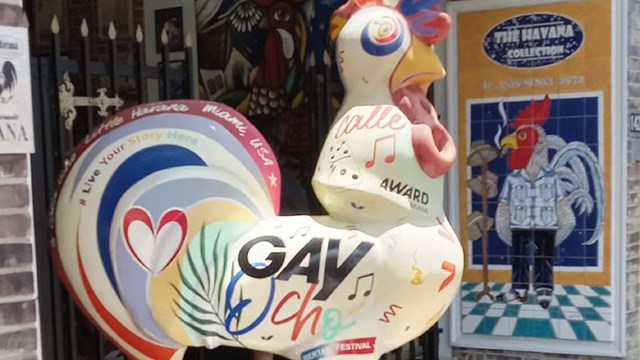
LGB performers have challenged the gender dynamics of salsa in several important ways.
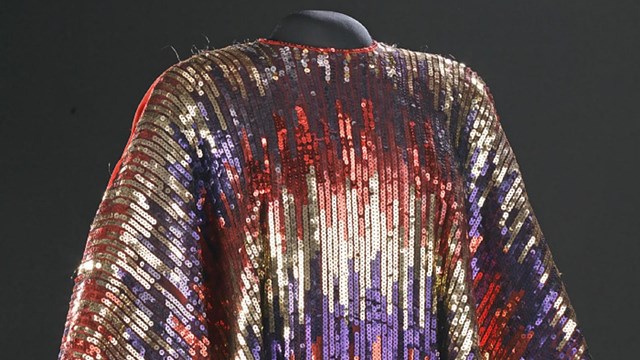
Learn how people express their gender identities through salsa.
Read Their Stories
-
 Orquestas Femininas: Women Salsa Bands
Orquestas Femininas: Women Salsa BandsWomen have formed orquestas femeninas in Afro Latin music to have agency over the music they make and to express their femininity.
-
 La India: The Princess of Salsa
La India: The Princess of SalsaLa India's journey from the Bronx to becoming the “Princess of Salsa” is a testament to her contributions to salsa.
More to Explore
Click below to reveal stories.
Casa Amadeo
Casa Amadeo is significant because it embodies the history of the development of Latin music in New York City and its role in the Puerto Rican migration experience. Victoria Hernández, the store's founder and sister of one of Latin America's greatest composers, played a role in caring for this community.
Hotel St. George: Salsa Performance Hub
Hotel St. George was once a lively and important hub for salsa performance and community in Brooklyn Heights, New York City. It was also a recognized site for gay residence and cruising up through the 1980s. It was listed in many gay publications as a gathering site.
Marker 3 of 3: How was salsa a part of civil rights movements?
Salsa was important in various civil rights movement as it served as a powerful expression of cultural identity and resistance against systemic oppression. It provided a platform for communities to assert their heritage and contribute to the social and political movements striving for equality and justice.
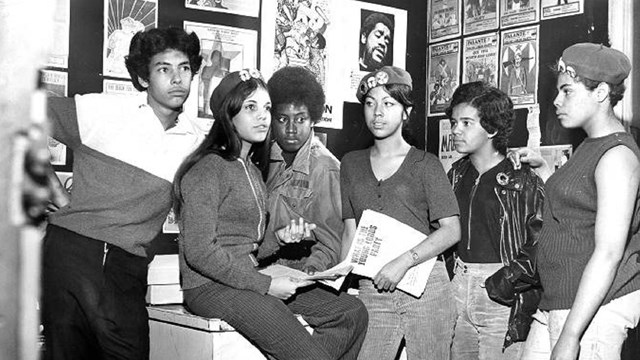
Salsa music emerged as a powerful tool for cultural expression and resistance against social injustice in different movements.
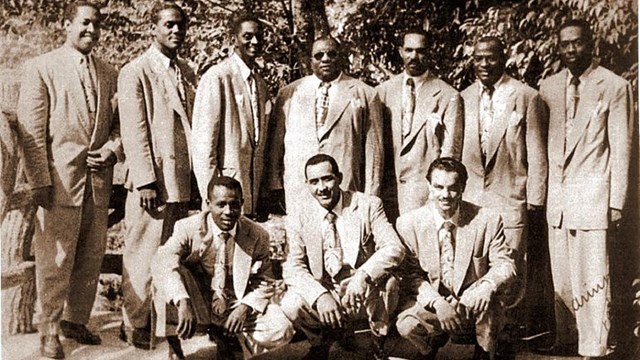
Salsa’s global presence begins with the history of people from Cuba and Puerto Rico before they migrated to the United States.
Read Their Stories
-
 Eddie Palmieri and His Trombanga
Eddie Palmieri and His TrombangaEddie Palmieri’s work has been fundamental to speaking out against injustice through salsa.
-
 Felipe Luciano and the Power in Words
Felipe Luciano and the Power in WordsWhile Felipe Luciano is best known as a poet, activist, and journalist, he also played a role in the salsa movement during the 1970s.
More to Explore
Click below to reveal stories.
Orchard Beach: Cultural Hub for Salsa
Orchard Beach played a significant role as a gathering space during the salsa movement of the 60s and 70s and continues to be a cultural hub for salsa.
Central Park Rumba: Dancing with Memory
Central Park is a vital gathering space for diverse communities to connect with each other and their African roots through dancing to rumba every summer.
Keep Up the Stamina
What other stories should be told? How do we protect history? Consider applying for an Underrepresented Communities Grant.
The "Oíste? Listening to the Salsa Stories of Afro Latin Music" project was authored by interns, fellows, and scholars with the Cultural Resources Office of Interpretation and Education including Elisa Alfonso, Marjorie Justine Antonio, Hermán Luis Chávez, Melissa Hurtado, and Jade Ryerson, and designed by Hermán Luis Chávez and Melissa Hurtado.
Acknowledgements: Alejandro Garcia-Maldonado, Alexandra Tarantino, Alison Russell, Amanda Schramm, Andres Espinoza, Angelita Alvino, Barbara Little, Blanca Stransky, Cynthia Hernandez, Derrick León Washington, Eleanor Mahoney, Elisa Alfonso, Ella Wagner, Frances Aparicio, Herman Luis Chavez, Jade Ryerson, James Barry, James Nyman, Jessica Dauterive, Laura Phillips Alvarez, Marcos Echeverria Ortiz, Marjorie Justine Antonio, Megan Springate, Melissa Hurtado, Michael Birenbaum Quintero, Naomi Torres, Noel Lopez, Paloma Bolasny, Roberta Wendel, Sarah Lane, and Teresa Moyer.
Tags
- salsa
- music
- music history
- latino
- oiste
- latino heritage
- latino history
- pathways through salsa
- migration immigration
- gender equality
- black power movement
- civil rights
- us in the world community
- arts culture and education
- latin america
- caribbean american heritage
- afro latino
- black history
- migration and immigration
- culture
- lgb
- lgb history
